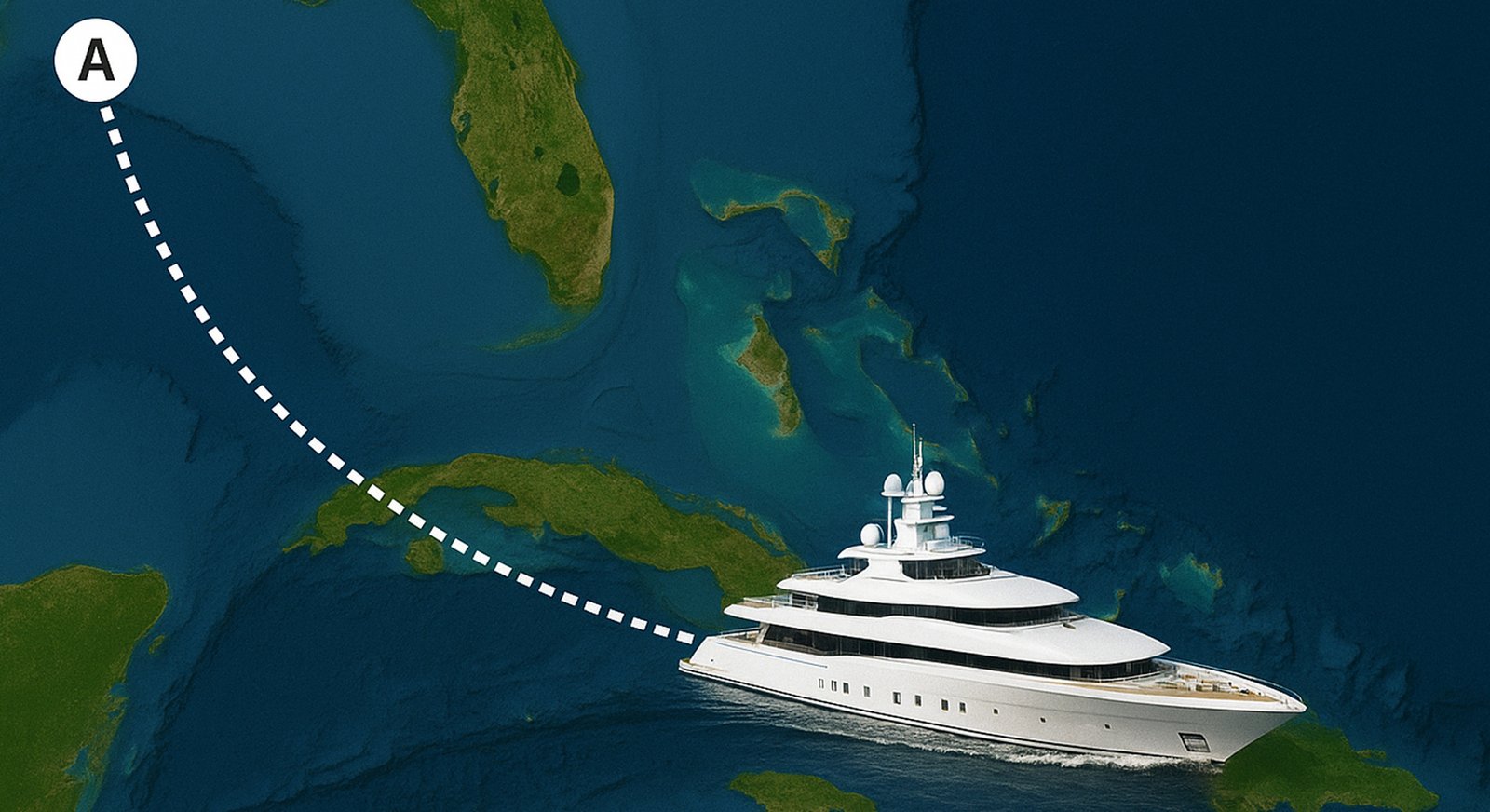Arranging for your yacht to transit on a carrier vessel may seem straightforward until you see the contract. The moment she loads onto a superyacht transport ship, she becomes cargo, and cargo lives and dies by documents. Specifically, the bill of lading identifies ownership, outlines the destination, and establishes the contract of carriage. If names, ports, or instructions don’t match up, your yacht can incur hefty fees known as demurrage while agents refuse release. That single page is “magic” because it controls title, payment, and delivery. All too often, yacht owners assume these moves are simple because they further assume the carrier’s terms are simple. Yet, some superyacht transport ships actually run through freight forwarders, a.k.a. NVOCCs (Non-Vessel Owning Common Carriers). A lack of understanding the business model differences is where risk multiplies, as you’ll learn in this episode of The Yacht Law Podcast.
Understanding who actually carries your yacht is the first defense. Vessel-owning common carriers run scheduled routes for yachts and build cradles and lashings to a standard they replicate port after port. NVOCCs, meanwhile, broker space on third-party ships and issue a back-to-back bill of lading. On paper, it may look similar. It’s not a question of whether the practice in general is legitimate. Rather, leverage and control shift dramatically. If the ship deviates, reschedules, or passes your port to chase higher-paying cargo, for instance, enforcement against the backup terms can be weak. The yacht additionally must be physically ready. This means you supply a cradle suited for your hull, plus lashings. It further means your crew is ready to secure your megayacht once she’s aboard. Miss a narrow loading window, and the ship sails. Hit it unprepared, and damage follows you all the way to the claim.
Insurance is the second defense, and it is non-negotiable. Under the Carriage of Goods by Sea Act, the superyacht transport ship can cap recovery to a nominal figure if you fail to declare value and insure properly. As a result, in case of an accident, you can receive a fraction of the loss of your multimillion-dollar yacht. Famous legal cases involve cradles that failed, banding placed on the wrong frames, or movement in heavy weather that led to roll-off. Owners sometimes assume the forwarder’s coverage applies or that the carrier’s liability mirrors replacement cost. It does not. You need end-to-end coverage, from the yacht’s slip to the load port, during ocean carriage, and through discharge, including towing if the port requires it.
Operations add another layer of risk. Ports demand quick clearance, due to significant cargo regularly arriving. If the consignee cannot produce originals or verified electronic bills, storage and demurrage fees mount daily. Tugboats may be mandatory to receive a megayacht at discharge. If a port agent fails to book them, a carrier can hold your yacht, sail on with her still aboard, or charge steep fees. In the background, customs and terminal rules change by country, and corruption risk varies. Documentation custody and verified consignees matter as much as the sea state.
Legal response time matters, too. Arrests and liens have immobilized yachts days before loading onto a superyacht-transport ship. Judges can and do prioritize cases when timing losses are extreme, but speed depends on preparation. Have a good lawyer on your side. Both of you need to know the route, the carrier’s schedule, the forwarder’s licensing and bond, and the exact terms in bills of lading. Before you sign anything, though, put your insurer on notice in writing and retain a maritime lawyer to vet the documents. The rule that governs all of this is simple and unforgiving. Claims under carriage law expire one year from delivery or scheduled delivery. No exceptions.
Listen to the podcast episode above, or listen and subscribe for free on Apple Podcasts, Spotify, Amazon Music, or your favorite service through the link below.
The Yacht Law Podcast theyachtlawpodcast.buzzsprout.com
